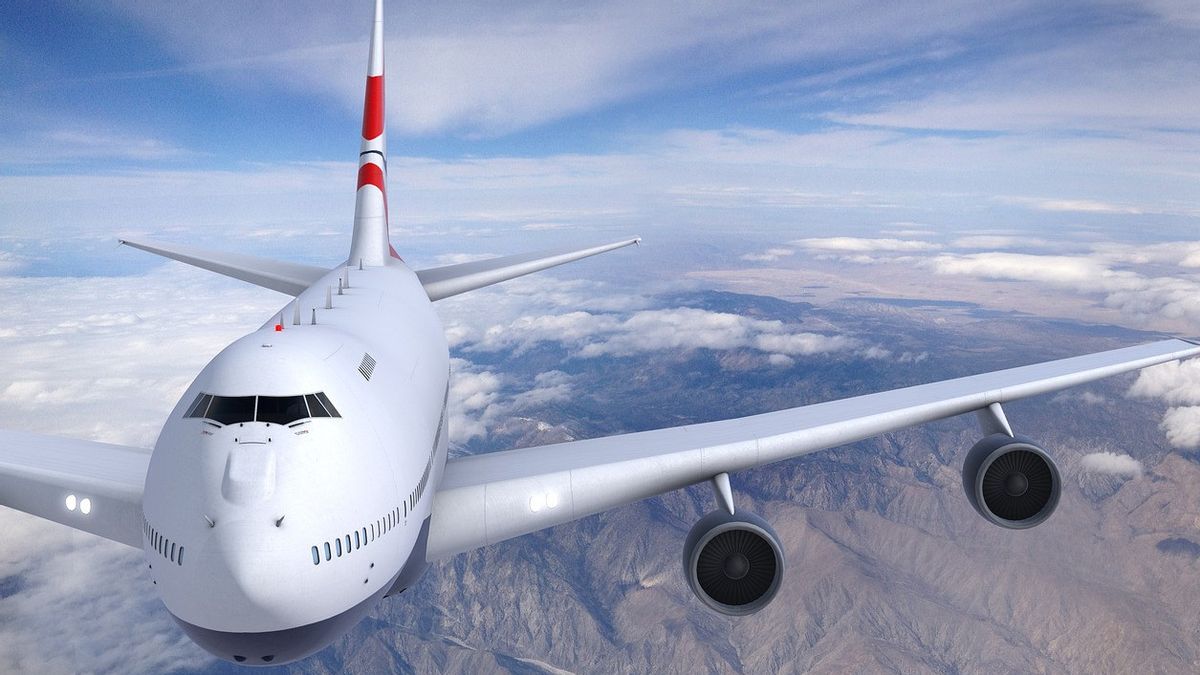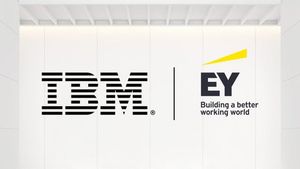YOGYAKARTA Air transportation modes of aircraft type continue to develop. Some of them are even referred to as future aircraft because they are equipped with advanced technology that has never been applied to currently available aircraft.
Summarized from various sources, here are a variety of future aircraft projects that you need to know:
1. ZEROe aircraft
ZEROe is a future aircraft designed by Airbus, a commercial aircraft manufacturer based in Toulouse, France.
This zero emission commercial aircraft is planned to air in 2035. This aircraft was developed in line with the company's commitment to reduce carbon emissions by 2050. Disadur from the official Arbus website, ZEROe will use liquid hydrogen as fuel.
ZEROe's future aircraft carries a hybrid-hydrogen concept and is supported by a modified gas turbine engine.
Airbus explained that the hydrogen fuel cell from this aircraft will produce electric power that complements gas turbines. This electric power produces a hybrid electric propulsion system with a high level of efficiency.
Airbus will divide ZEROe's future aircraft into three models, namely turbofan, turboprop, and mixed wing bodies.
ZEROe is a turbofan model equipped with two turbofan machines that will provide thrust. Its liquid storage system and hydrogren distribution are placed on the back.
Meanwhile, two-unit turboprop hybrid-hydrogen ZEROe aircraft will be equipped with a turboprop engine. The engine will move the 8-barreled propellers and provide thrust.
For the blended-wing body (mixed wing body) ZEROe aircraft, it is designed to have a liquid hydrogen storage rate under the wings. This future aircraft also has two hybrid-hydrogen turbofans as thrust.
For capacity, ZEROe turboprop can carry less than 100 passengers. The number of passengers (less than 200 people) can be transported by ZEROe turbofan plane and blended-wing body.
SEE ALSO:
2. Flying-V aircraft
Flying-V is a future commercial aircraft. This aircraft has a unique and futuristic design, because it places passenger cabins, cargo space, and fuel ranges on the wing. This makes the aircraft's aerodynamic shape can save up to 20 percent of fuel consumption compared to the current aircraft.
Experts tested a future aircraft model weighing 22.5 kg and 3 meters long, developed by researchers at the Delft University of Technology in Belaanda, who is also a partner of Dutch airline KLM. The success of flying Flying-V is eagerly awaited in the next stages of development.
The team, which consists of researchers and engineers, tested the aircraft at a heavily fortified German air base. This condition allows teams from the Netherlands to work with the Airbus team to test takeoff, maneuvers, and landings.
The Flying-V commercial aircraft is claimed to be able to carry 314 passengers with a fuel capacity of 140 thousand liters.
3. Alice's electric airplane
Alice is the world's first electric airplane. The aircraft was developed by Environment Aircraft.
Alice's electric airplane has undergone engine testing at the Airlington Municipal Airport north of Seattle, United States at the end of January 2022.
Alice is equipped with electric car-like battery technology. The aircraft is claimed to be able to carry nine passengers and can fly for an hour with a distance of about 440 nautical miles.
The maximum speed of this aircraft is 250 kts, or 287 miles per hour. As an illustration, the maximum speed of the Boeing 737 is 588 miles per hour.
That's the information about future aircraft. Hopefully this article can add insight to the loyal readers of VOI.ID.
The English, Chinese, Japanese, Arabic, and French versions are automatically generated by the AI. So there may still be inaccuracies in translating, please always see Indonesian as our main language. (system supported by DigitalSiber.id)


















